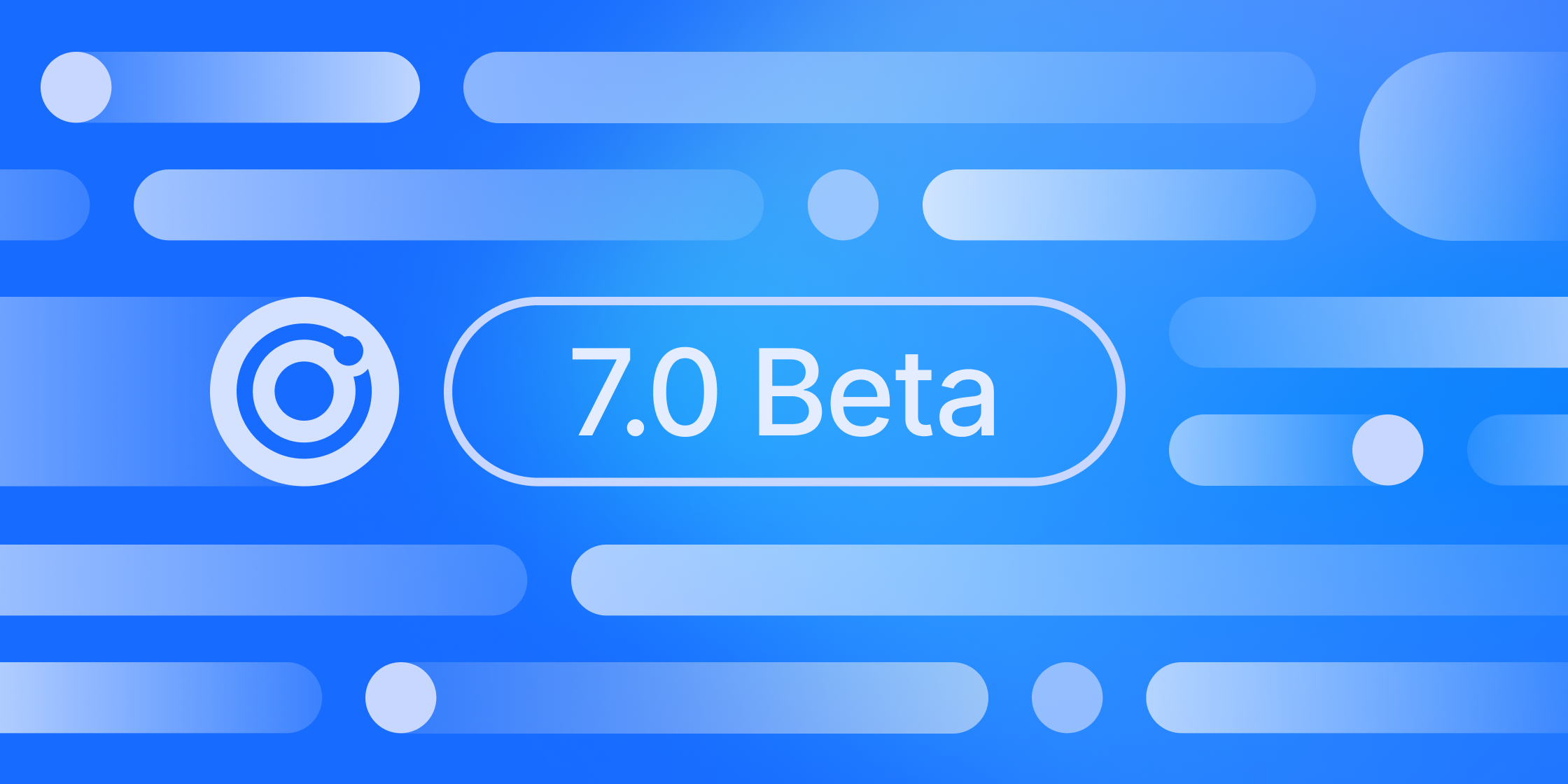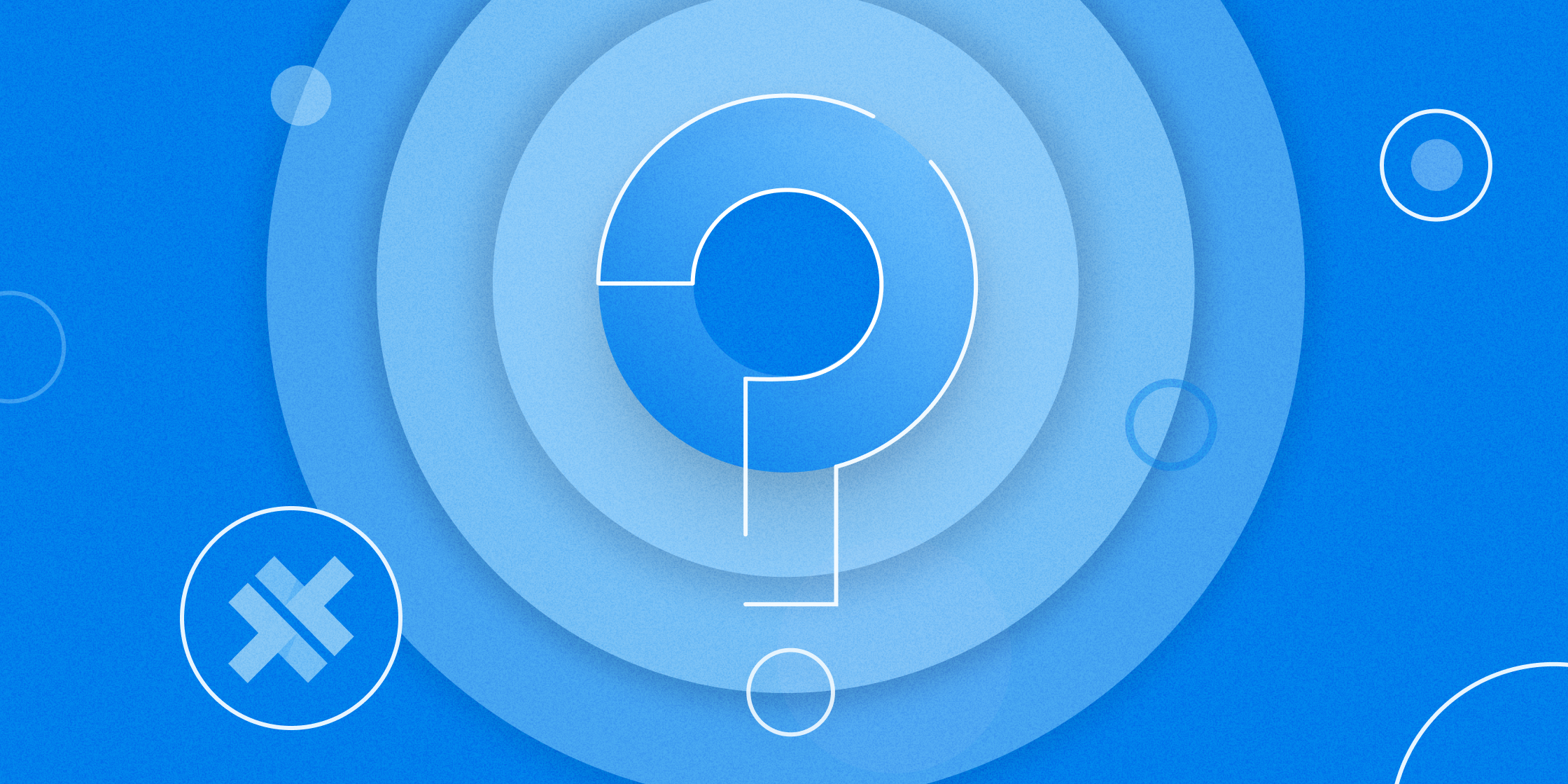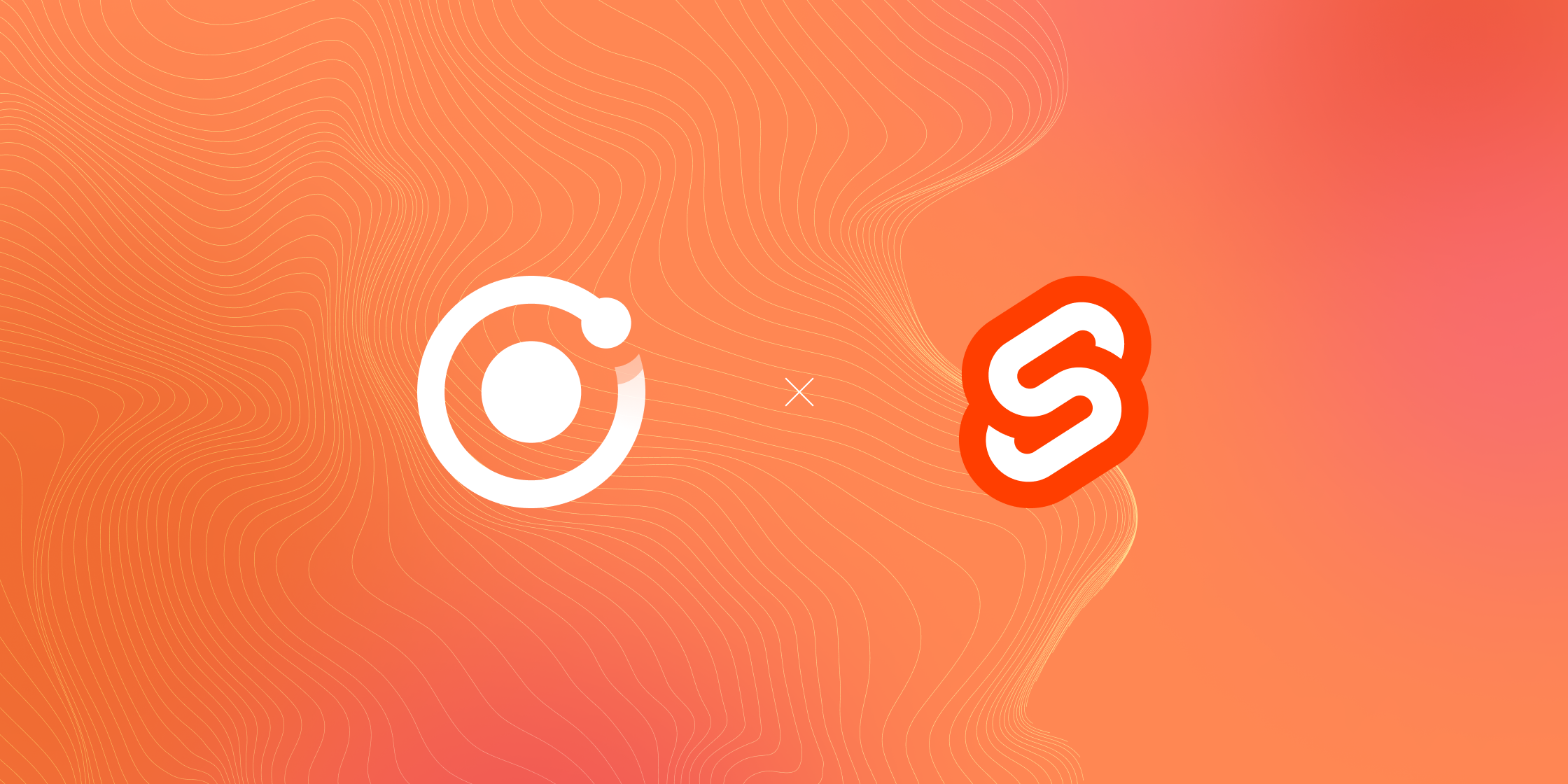Announcing the Ionic 7 Beta

Today, we’re excited to announce the release of the Ionic 7 beta! This release improves the developer experience when working with overlays, forms, events, and more.
Here’s what you can expect with Ionic 7
- Inline Overlays – Declarative overlays are now available on all overlay components, including action sheets, alerts, loaders, pickers, and toasts. You can now use every single Ionic overlay component without relying on controllers.
- Consistent Event Emissions – In the past, ionChange would unexpectedly fire due to value prop changes. Instead, we’ve changed the behavior to better align with native input elements, and ionChange will only fire as a result of user interaction.
- Simplified Form Control Syntax – Improved compatibility with assistive technologies and less code boilerplate
- Performance Improvements – Tab switches are up to 70% faster than they were in v6 with Ionic React and Ionic Vue. Thanks to optimizations in Stencil, Ionic components initialize quicker than they did in v6 with Ionic Angular.
- Improved Vite Compatibility – We’ve removed the CommonJS entry points for Ionic React and Ionic Vue which makes Ionic easier to use with Vite and Vitest.
- IonSlides – This has been removed in favor of using Swiper.js directly
- IonVirtualScroll – This was an Angular-only solution, and we’ve decided to remove it in order to use a solution provided by more JS Frameworks.
Read more about the Ionic 7 changes
What’s next?
Developers can get started with the Ionic 7 beta today by following the Ionic 7 Migration Guide. Developers should also consult the Ionic 7 Breaking Changes Guide. Please file any feedback on our GitHub repo. We look forward to shipping Ionic 7 soon!
Thank You!
We want to extend a huge thank you to the Ionic community. These changes wouldn’t be possible without the community’s active involvement in GitHub issues and our new Request For Comments (RFC) process. Stay tuned, as we have many more great improvements planned for Ionic in 2023!


